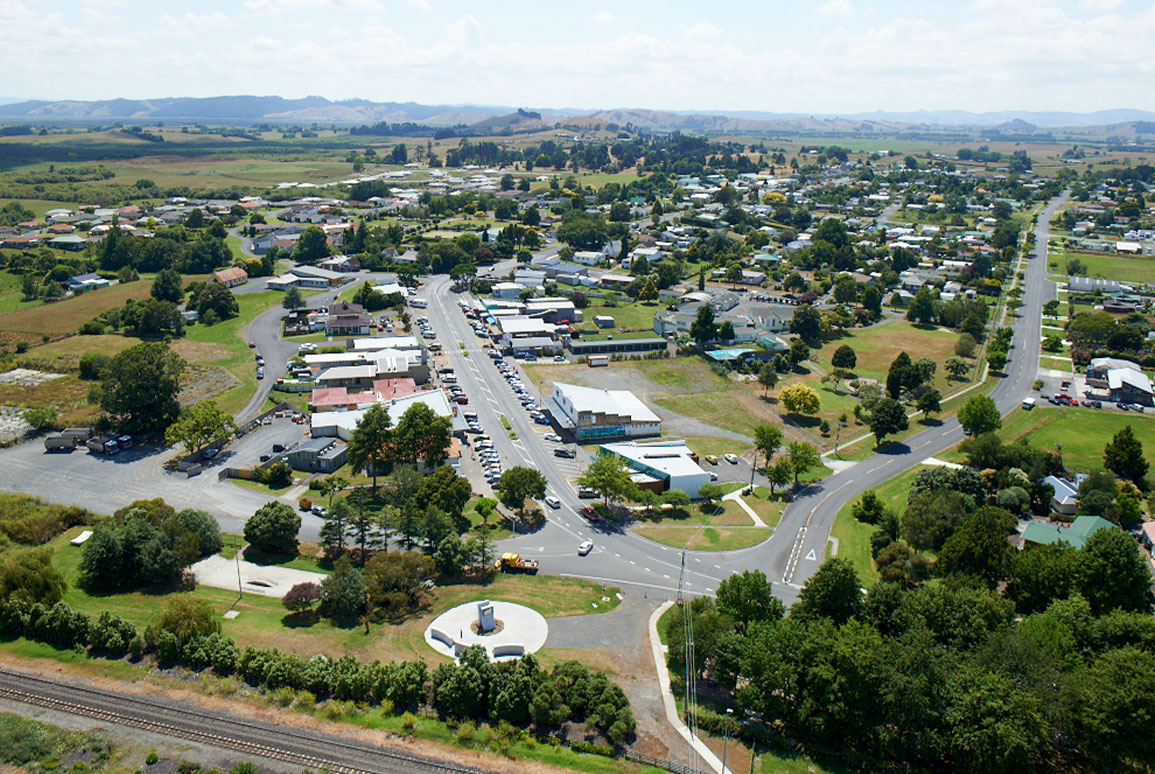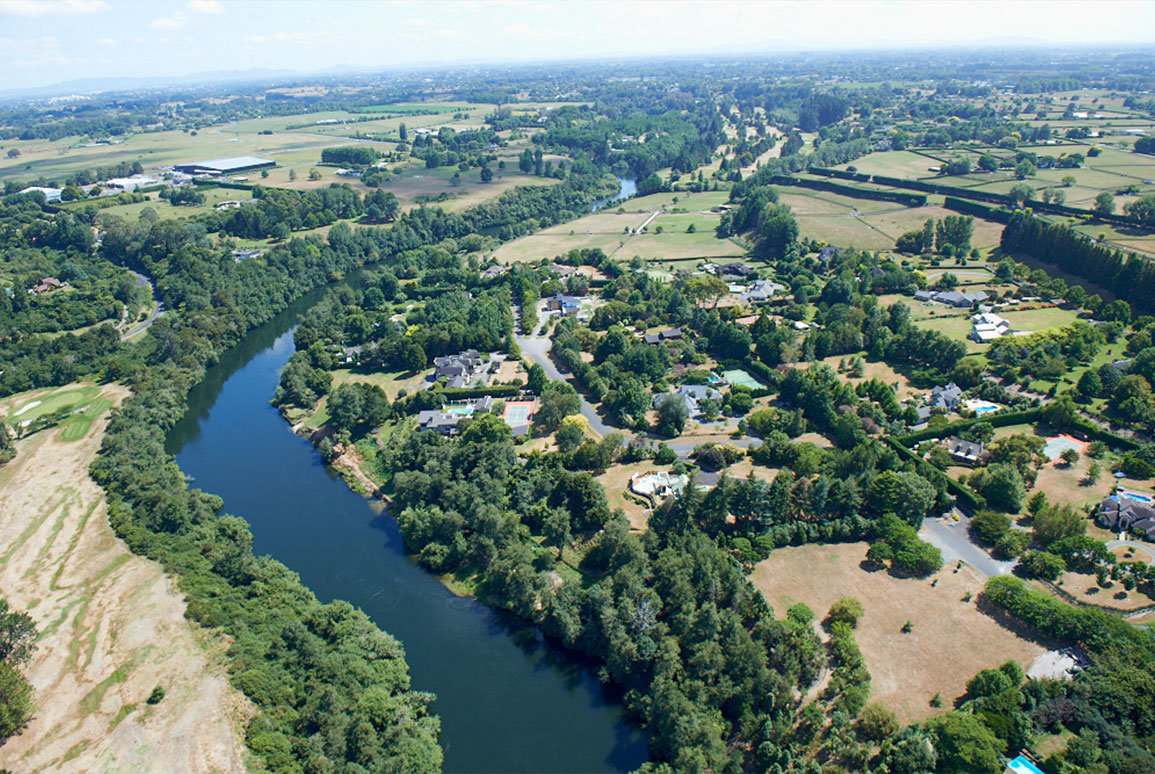Waikato District Landscape Study
5 September 2018
Boffa Miskell was engaged by Waikato District Council to undertake a review of the existing landscape characterisation and classifications, and to re-evaluate the landscapes for the Council’s District Plan Review.

Rebecca Ryder, a landscape architect and landscape planner based in our Tauranga office, provided the project lead working collaboratively with Te Pio Kawe, Kaiarataki of the Te Hihiri discipline.
“This review was prepared to provide consistency throughout the District Plan and to give effect to the Waikato Regional Policy Statement. A key focus of the project was developing a collaborative approach with tangata whenua. Achieving this through comprehensive engagement with the Waikato District Council’s Iwi Reference Group was a key factor in delivering the study,” says Rebecca.
Rebecca and Te Pio worked alongside the Iwi Reference Group through a series of workshops and one-on-one hui to identify and record tangata whenua’s relationships and values associated with their local landscape.

“A key milestone in the project was to ensure the study content was approved by the Iwi Reference Group prior to finalisation of the report. This requirement demonstrated a deep commitment from Council’s Strategic Planning Manager to ensure Iwi were truly involved,” says Rebecca.
“The landscape study differentiated itself from a specific cultural landscape study, which requires a different approach. This study was largely driven from the statutory requirements under the RMA 1991. However, recognising we have two world views, and developing a method that can integrate a Matauranga Maaori approach and the current landscape best-practice approach, was a key challenge of the study.”
During the engagement process, both iwi and hapuu provided their cultural narrative for each of the values of identified landscapes, using the criteria drawn from the Waikato Regional Council’s Regional Policy Statement on Maaori Culture & Traditions Assessment Criteria. Those values were expressed in parallel with the factors, values and associations identified in the Waikato Regional Policy Statement.


